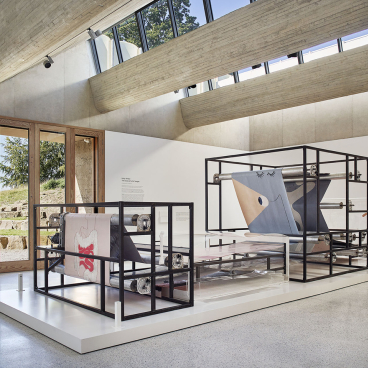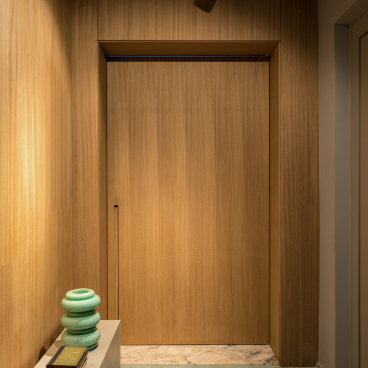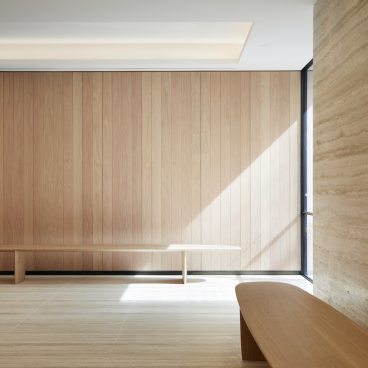The crowning of the 2019 Brick Awards winners took place this month, a ceremony that for 43 years has celebrated the best use of brick in the built environment.
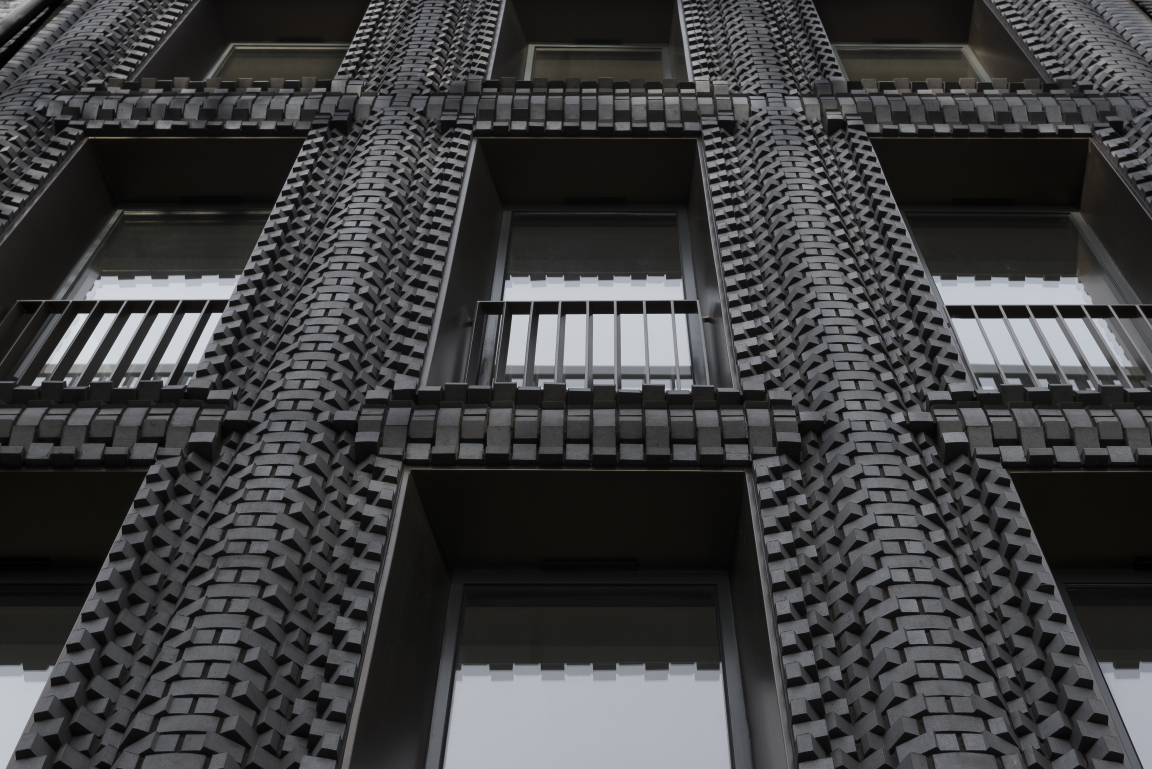
The Interlock
The crowning of the 2019 Brick Awards winners recently took place, a ceremony that for 43 years has celebrated the best use of brick in the built environment.
Projects of the highest calibre are routinely entered by architects, contractors and developers and, this year was no exception. This year’s title of Supreme Winner has been awarded to the excellent The Dorothy Garrod Building, Newnham College at the University of Cambridge. Designed by Walters & Cohen Architects, this outstanding project also won the Medium Housing Development and Craftmanship categories.
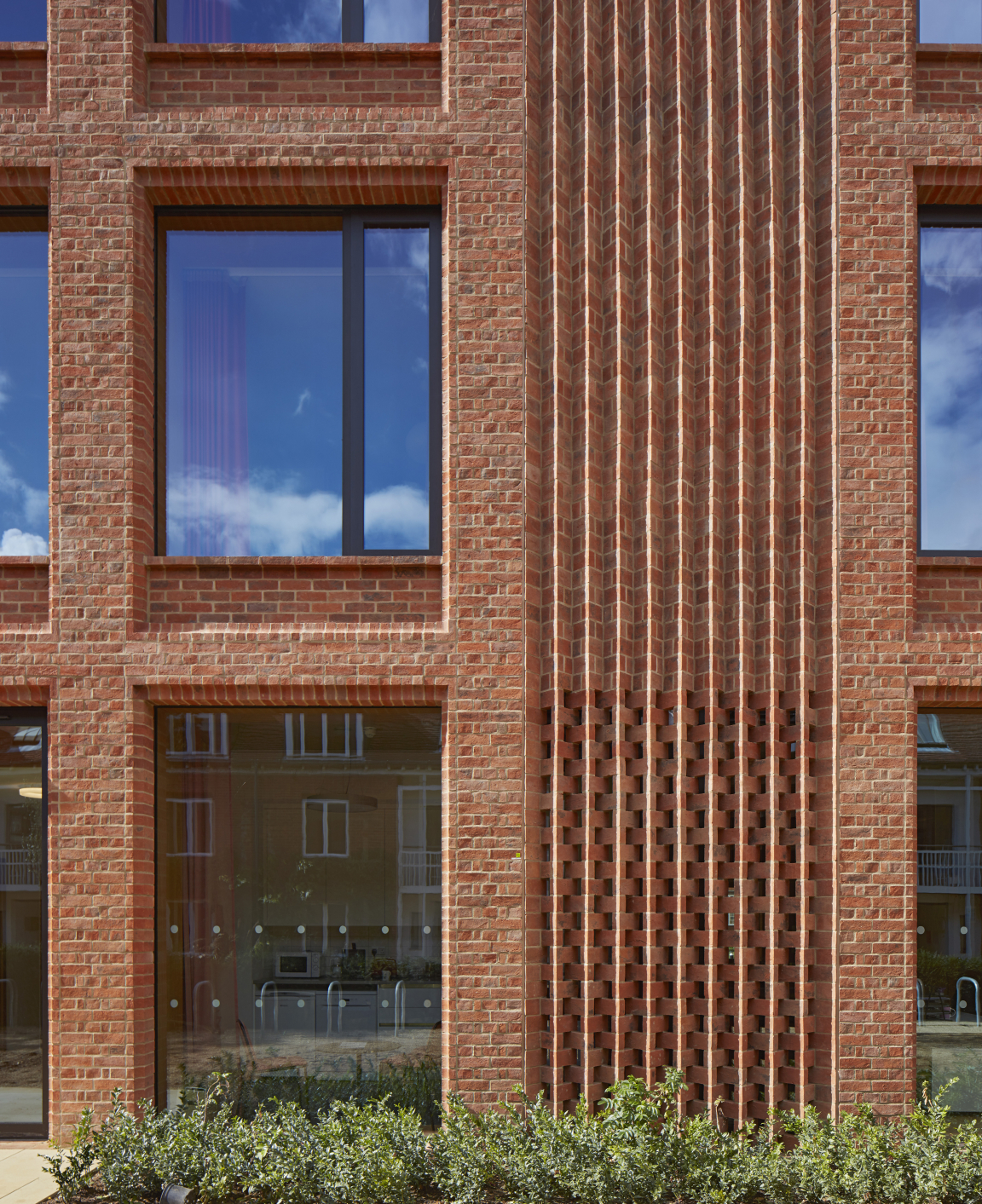
Dorothy Garrod Building
Focusing on the value of using durable materials and on finding the right suppliers of products, The Dorothy Garrod Building knits itself among the buildings already part of the college and creates a new frontage for the college from one entrance. The elegant design balances solidity and transparency, with glazing alternating with full-height brickwork panels where hit-and-miss element weaves seamlessly into the texture and detail of the elevation. The hit-and-miss brickwork complements the existing buildings without mimicking them. A bespoke mixture of Northcot Plumstead and Lynham Red bricks were made to create Sidgwick Blend bricks for the project.
‘The supreme winner, the Dorothy Garrod Building, really impressed the judges who felt it was exceptional in a number of ways. It manages to be exemplary teaching and research space, as well as student housing; it is a strongly urban and welcoming response to the surrounding streets in this part of Cambridge; and at the same time is an amazing work of carefully considered and expressive brick design and craftsmanship. Quite some achievement.’ – Hillary Satchwell, Head Judge, Brick Awards 2019
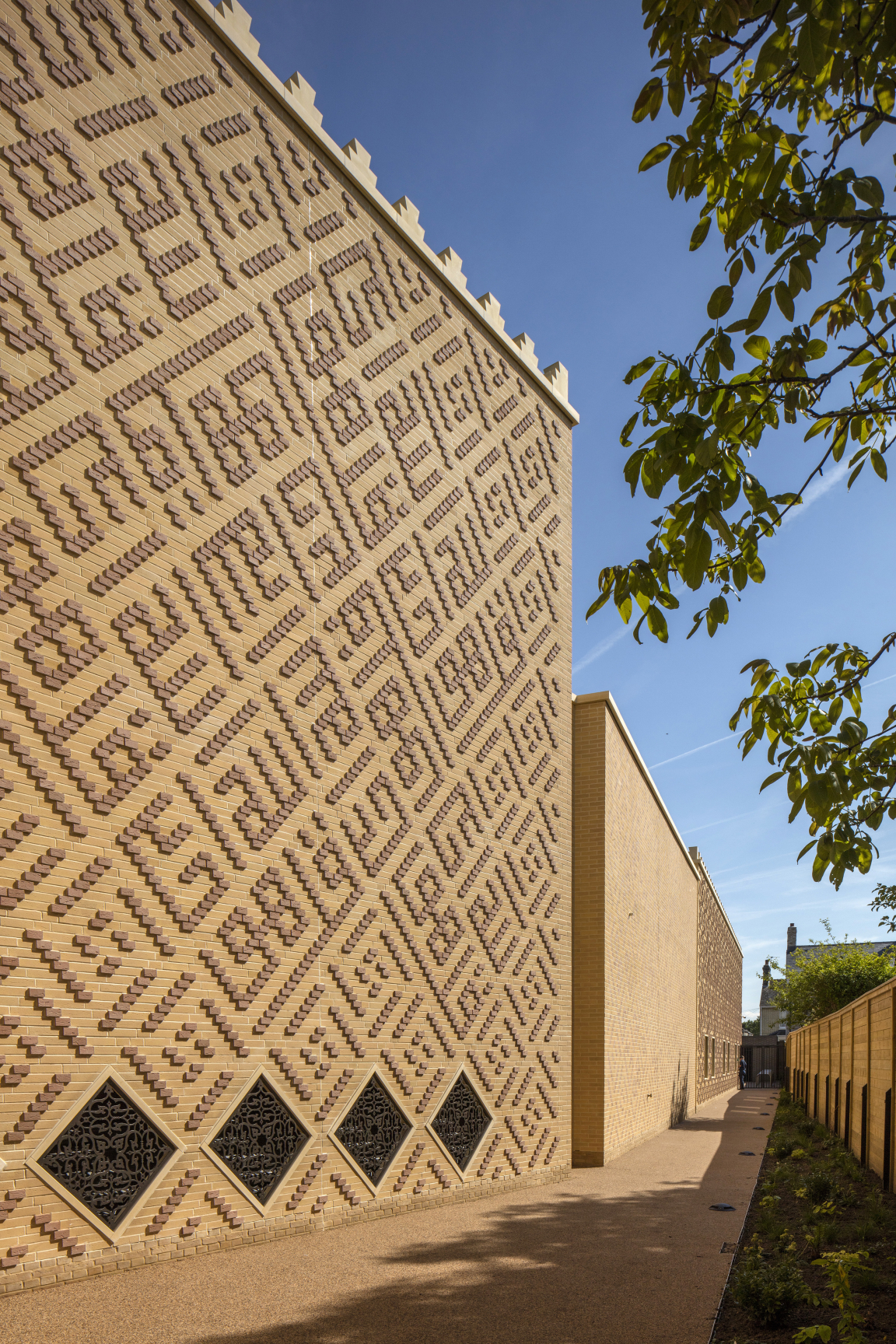
Cambridge Central Mosque
"What is so delightful about the winners of this year’s Brick awards is the way they show us what well considered design, robust brick detailing and careful delivery can do for our towns and cities and for all those who live in them. From a mosque to a community radio station, to the careful reuse of a historic basement space, a new model for a royal college, and complex vertically mixed uses, the list of winners present a range of serious buildings that challenge bland and uninteresting buildings everywhere and demonstrate what best practice looks like.” – Hillary Satchwell
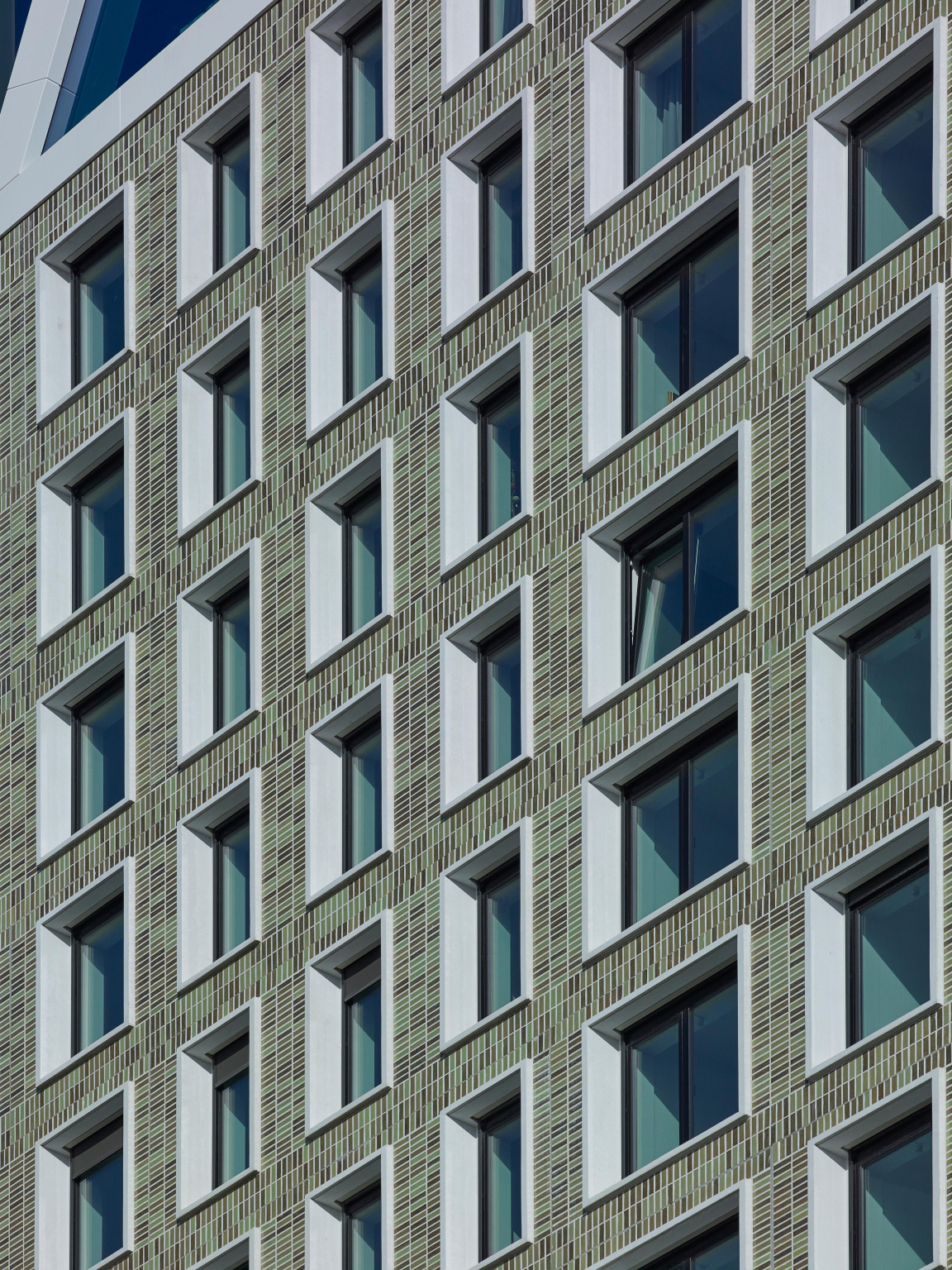
Pontsteiger
There were several stunningly intricate and thoughtful projects in the residential entries this year. Kenwood Lee House picked up the award for Individual Housing Development, with brick detailing that pays homage to the prevalent arts & crafts movement in the surrounding area. The façade is made up of Bemmel Blue stock clay brick, chosen for its light textured appearance. The Interlock won this year’s Small Housing Development award, a project that embraces the street’s piecemeal aesthetic, the design aims to challenge the definition of craftmanship in our contemporary setting.
The bricks are the result of 14 moulds and a further 30 cut versions of the original moulds types totalling 44 different types of bricks. The Dorothy Garrod Building, Newnham College, as mentioned above, won the Medium Housing Development award. Finally, in the Large Housing Development award, Porters Edge (at Water Yards) was crowned winner. Contemporary in style and seamless in arrangement, the development includes a cinema, bars, restaurants, office space and a 100,000sq.ft. Decathlon store.
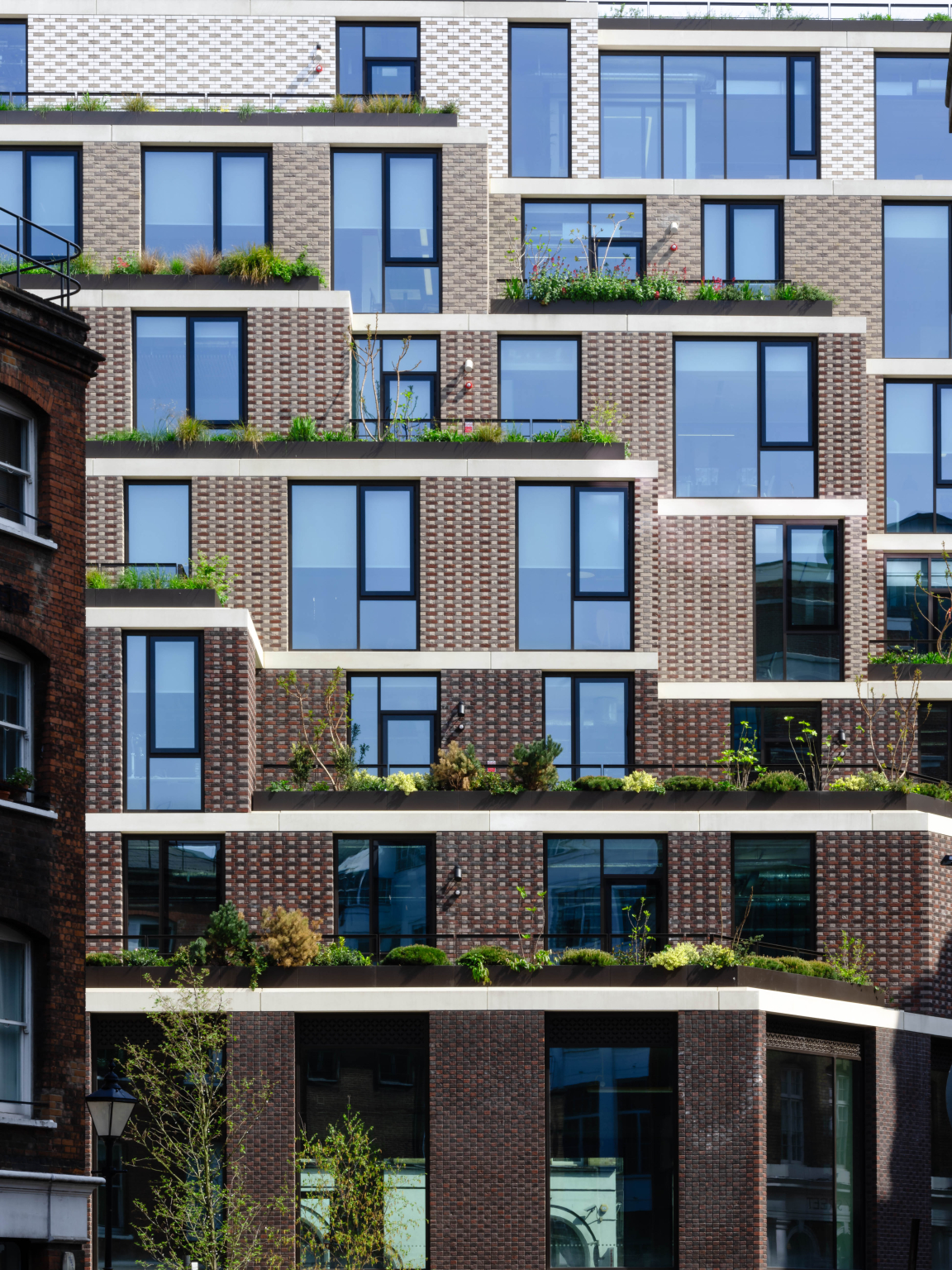
The Ray Farringdon
Raidió Fáilte/Líonra Uladh claimed the prize for the Urban Regeneration category. Located in a once tightly knit neighbourhood of West Belfast, this new build facility provides a unique community provision, affirming a new physical presence directly onto the public space of the street. An entrance courtyard mediates the public entrance to the building, connecting the main café and exhibition space with the carpark and garden areas, creating a welcoming open for visitors. The Ray Farringdon came away with the Commercial award.
The massing of this project negotiates between the taller, more formal urban context of Farringdon Road and the more irregular, domestic context to Crawford Passage. Active frontages are created in line with both key elevations, enhancing the surrounding area.
Royal College of Pathologists was crowned the winner of this year’s Education award. The new building uses materials and artefacts to reflect the character of the Royal College, with social areas, staff offices and education spaces that reference the college’s history and look to its future. As a key feature, the building’s sixth floor steps back, creating an open-plan pavilion with panoramic views over London. Claiming the prize for the Public award was Cambridge Central Mosque.
After conducting research on mosques around the world, the architects drew inspiration from an image of the garden of paradise, as well as Islamic and English religious architectural traditions, namely Islamic geometry and Kings College Chapel respectively. The underlying geometry of the entire building is the ‘breath of the compassionate’ pattern which is based on octagons and symbolizes the rhythm of life.
The Worldwide category of the Brick Awards is always a hotly contested category with entries from all over the globe. This year saw Pontsteiger in Netherlands crowned winner with the architects, Arons en Gelauff and brick manufacturerKdeveloping six vibrant colour glazes applied to brick-slip cladding with a profiled surface finish. The brick-slip cladding panels are pre-cast in concrete sections and then fitted as a whole.
Learn more about the Brick Awards.



